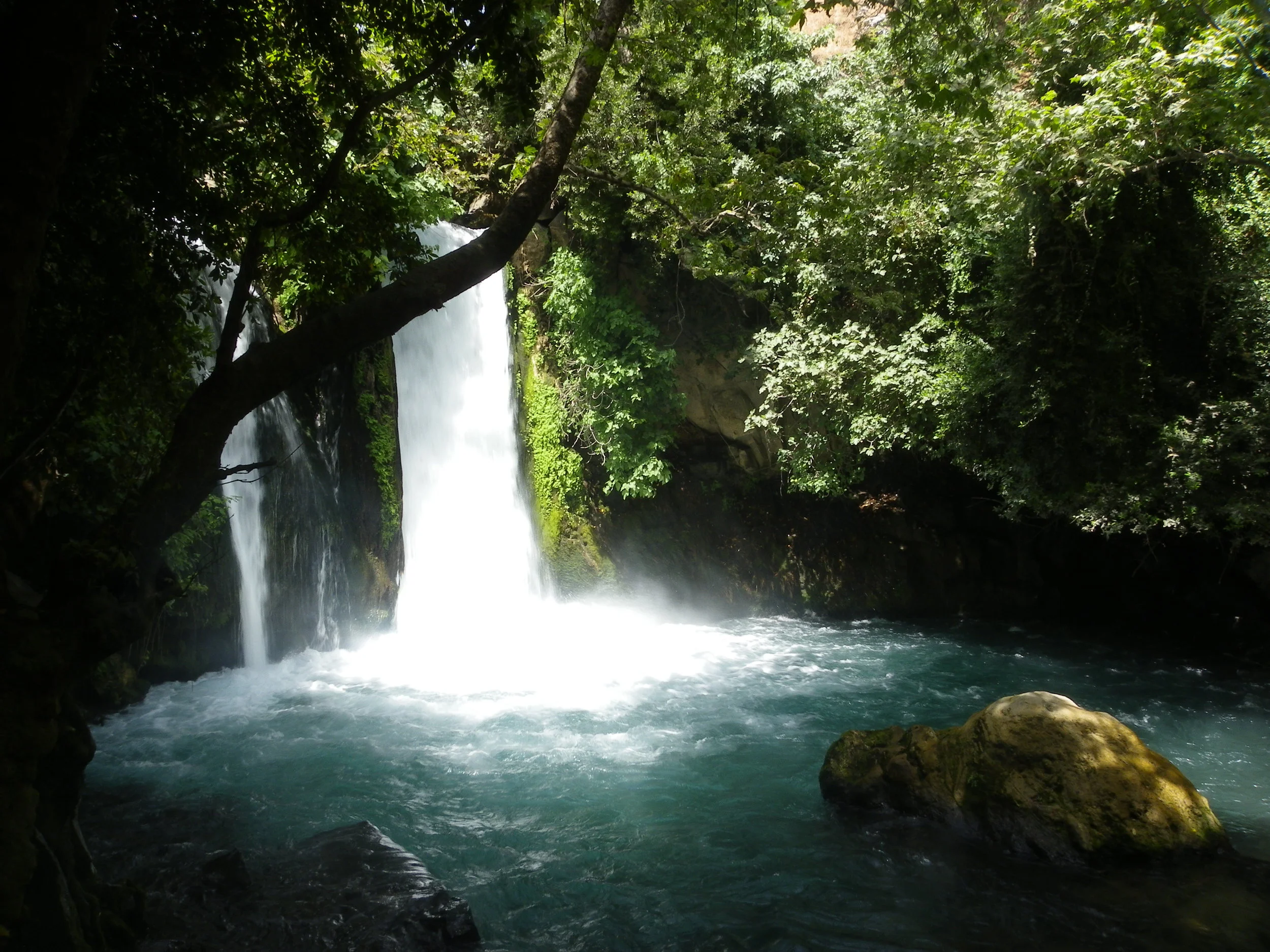The Dance of Abun-Dance
/In case you haven't looked outside in a while, things look bleak. There's snow covering the streets and there's politics covering our television screens and all we want to do is howl, get on the streets and rage against the machine.
Which works, if that's your thing. I guess.
But there's another way, the order of the day. The one thing that can change everything around you, if only you dig deep into changing the real stuff that can actually make a difference; Changing your reality.
And as a result, changing the world.
The time couldn't be better for the "evolution, not the revolution", as Rabbi Simcha calls it. Because in the Torah portions of the last few weeks, we've been exploring the concept of exile, redemption and seriously-how-the-heck-am-I-going-to-get-out-of-this-mess consciousness that tends to take us down, into the darkness.
But then this week, in the story of the final crossing of the Jewish people across the Red Sea, we learn about the secret.
The secret is in the dance.
We learn that Miriam and the rest of the women run out in a circle, clapping and singing and dancing with their hand drums. Mystical traditions tell us about the power of this circle, how it embodies a new consciousness that the women were able to perceive. That the circle signifies as movement from hierarchy, from one subjugating the other, into the ability to flow into a central force without any top or bottom - only a constant desire to evolve. That the power of creating lasting change doesn't happen through a teaching or a meditation, but through full-blown, embodied dancing, containing all the energy into a circle.
And that the women, as quoted in the Torah, sing a new song and a new paradigm is created in the now. While the men of the Jewish people sing about a future time of utopian existence, the women on the edge of the Red Sea know the truth: that the most magical times are in the now. So they sing, luxuriating in the present moment, embodying divinity through their bodies and their movements.
I watched this happen. Not in the ancient deserts of Sinai, but this week at an ecstatic dance session that took every stressed out, beaten down New Yorker and for just a few hours, brought us into our bodies and the healing that we can create for ourselves if only we choose to.
Try dancing. You heard me. Get up. For a minute. Just try it. Move your body. Start with your toes. Make it easy on yourself. Don't judge. Just observe. Love, if you can. Think how grateful you are to your toes and knees and hips and elbows and that weird mole on your left shoulder and your chin that you don't like how it sticks out for putting up with you all the time.
And move it. Let your body shake out all the stuff that sits with it all day, and feel it release. Get the tension out. Let the joy in. Let the love in.
It won't change who sits in the White House, or what your boss told you this morning, or how your landlord treats your polite complaints, but it will change how you feel about it.
Through the dance, we embody. Through the dance, we release. Through the dance, we shine.
This week is Tu B'shvat. The Jewish New Year for trees, Earth Day. The celebration our life-force, the feminine mother that gives us her abundance. We contemplate the way that we too are plants in the field, that we owe gratitude to the earth for abundance, that we can embody the divine nature of our earthly selves by connecting to the beauty of the natural world. Of the plant and of the body.
Listen to Miriam. She knew then as we ladies know now. Not because women are more powerful or better than men - no, it's not about feminine power Vs masculine power. It's about non-hierarchy above the old school linear, patriarchal way of thinking. It's about remembering that we all have a job to do, and we're all equally distant from the central goal.
And that if we dance around, holding hands in a circle, shaking out our bodies and letting in the spirit that sits at the tips of our tongues and elbows and toes, singing and dancing with all our hearts - then we, too, can experience redemption. Building the future that we co-create, in the now.
